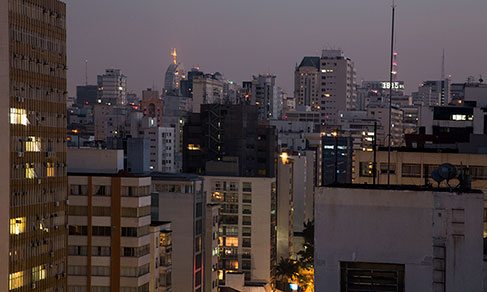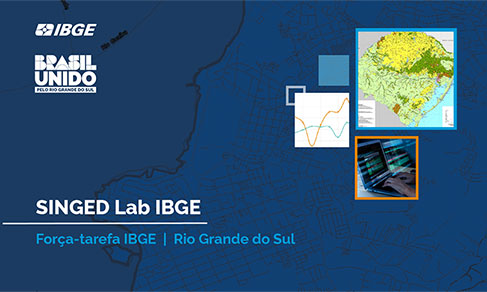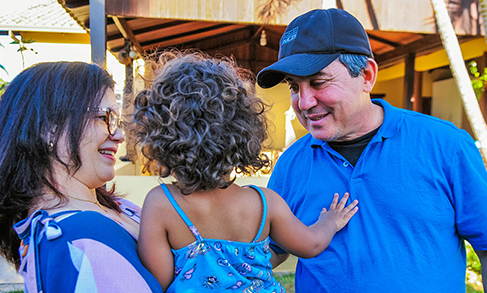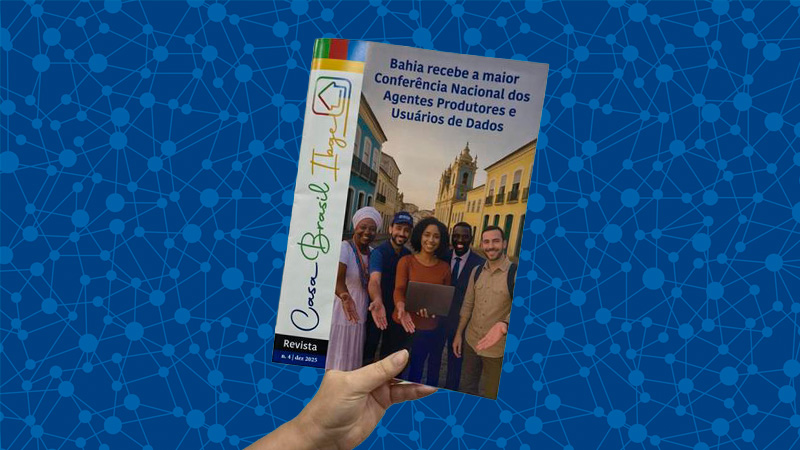2022 Census in the field
At the Saint Benedict’s Monastery: enumeration in a collective household
October 03, 2022 02h00 PM | Last Updated: November 01, 2022 01h54 PM
Highlights
- Benedictine monks from Rio de Janeiro’s Monastery answer the 2022 Census which will also collect data from retirement homes, orphanages, military barracks, prisons and other inhabited collective households.
- In the 2010 Census, collective households were 0.1% of all the occupied housing units in Brazil.
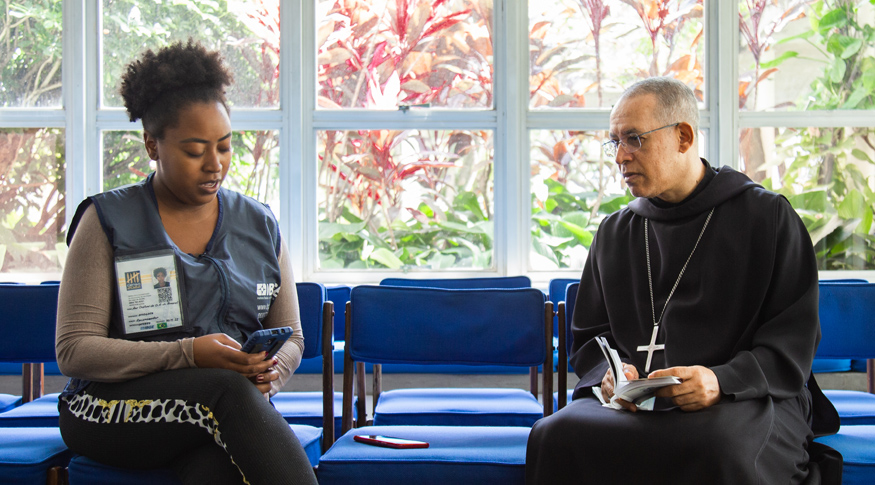
At 7:15 in the morning, monks living in the Saint Benedict’s Monatery, downtown Rio, started to sing Gregorian chant for the morning Mass. When the 45-celebration that takes pace in the main chapel is over, they retire into their rooms. The routine of prayers and work on September 6th was only interrupted at 9 am, when the IBGE enumerator arrived. Carrying her mobile data collection device, she came ready to close another group of questionnaires.
But why would the IBGE enumerate a monastery? Because the Census also interviews persons living in establishments of institutions characterized by administrative relationships between persons only. Those are called inhabited collective households. Besides monasteries and nunneries, this classification encompasses military barracks, retirement homes, orphanages, guesthouses, hospitals, clinics (with hospitalization services), prisons and even camping sites.
“In the 2010 Census, collective households represented 0.1% of all the occupied housing units in Brazil,” says Gustavo Junger, technician from the IBGE’s Coordination for Population and Social Indicators (Copis). After more than a decade, methodological, conceptual and technological changes refined count, which may be observed in the 2022 Census. “The very typology of collective households has been changed,” says the technician.
In 2010, five types of collective households were surveyed: retirement homes, orphanages and the like; hotels, guesthouses and the like; worker’s lodging; penitentiaries, prisons or the like; and other. “The category ‘other’ incliudes a big group fom which it was not possible to tell those types of households apart.” After a revision by the IBGE’s multidisciplinary team, we found the best formula for the survey that is into the field, with 11 categories.
The classification in the 2022 census is as follows: shelter home, hostel or halfway house for the homeless; psychiatric clinic,therapeutic community and the like; penitentiary, detention center or the like; military barrack or another military organization; shelter home, halfway house or dormitory for the vulnerable; retirement home or long-stay institution for the elderly; detention center for minors; hotel or guesthouse; lodging and other. “Given the more uneven distribution of this population, it is possible to conduct studies and think of better-aimed policiesfor specific groups in these households,” Mr. Junger adds.
The dimension of this work is so huge that the category of prisons alone has 1,500 establishmentsto be visisted by the IBGE all over the country. We choose a different strategy for each type of household,” says José Francisco Teixeira Carvalho, IBGE’s state superintendent in Rio. “In the case of penitentiaries, we submitted a document to the Security Secretariat and that will be sent to branch directors so that they grant us access to facilities,” he adds. During the census operation, there is no need to interview each prisoner because information in administrative records can be shared by the directors of each institution.



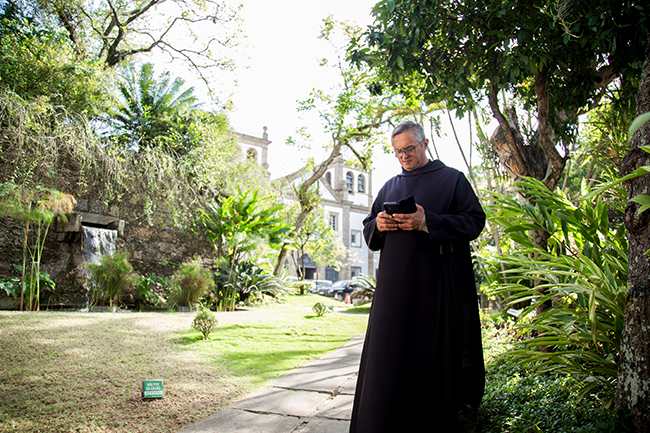
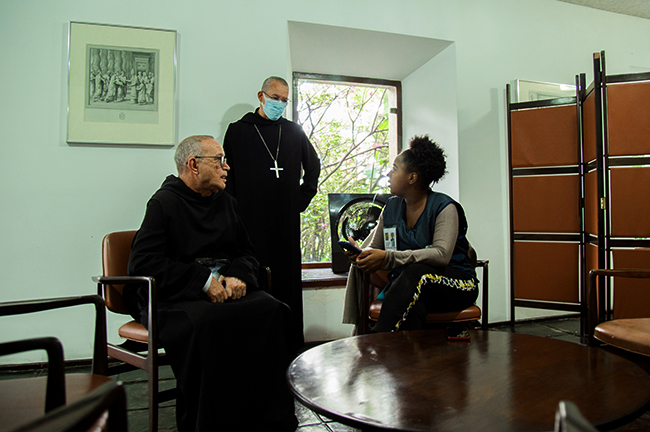
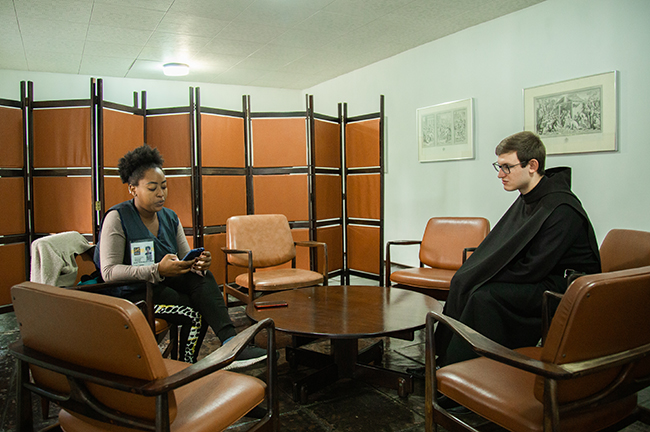
At the Saint Benedict’s Monastery, abbot Dom Filipe da Silva – which holds the highest position in the Benedictine order – prepared a room on the first floor of the building especially for the enumeration of his fellow monks. One by one, monks went there to be interviewed by Ana Cristina do Amaral. “I was warmly welcomed here at the monastery, they all helped me a lot,” says the enumerator who is in charge of that enumeration area downtown.
Everything was completed t=in less than two hours. A total of 34 live there. Since four of them were in the nursery section, Dom Filipe himself was the one providing information about those who were not able to be there in person - a normal procedure in the case of collective households.
“The Census is extremely important because it shows us the face of our nation: its potential, its figures, its virtues, its necessities,” Dom Filipe says, and adds that “everyone should cooperate, because every Census will show the portrait of a country.”
Prayer and work, the routine of a monk
Saint Benedict’s Monastery was founded in 1590, on top of the hill of the same name That was the second religious order to have a home in Rio de Janeiro, preceded by the jesuits. The church started to be built in 1633 and the new building of the monastery, which replaced the previous one, made of mud, started to be constructed in 1652. Today, besides the monastery and the church, the place also has a school and a college, all of them belonging to the benedictine order and directed by Abbot Dom Filipe da Silva, aged 60.
Born in the municipality of Rio Largo, state of Alagoas, he joined the monastery in February 1988 and, after a year as a postulant and two years as a novice, made his final vows in 1993. Dom Filipe became an abbot in 2006. With a degree in philosophy and teology, he speaks about the monastic life by heart. “We get up at 4:30 am every day and start the prayer vigil at 5 am. The Mass starts at 7:15. Lunch is served at 11:45 and the afternoon prayers (vespers) start at 6 pm. At 8pm we reire into our rooms.” Occasionally, in festivities such as Christmas and Easter’s, schedules are modified. “But our life is dedicated to the motto ‘Ora et Labora’, which means “Work and Pray,” Dom Filipe explains.
Answering the Census was no hard work, though. The basic questionnaire was answered in less than five minutes. “The Census offers has information for actions in many aspects of life: education, health, basic sanitation. That is a basis for the government to understand its actions and for people to see their own faces…and, by doing so, what can change, what can grow.”









